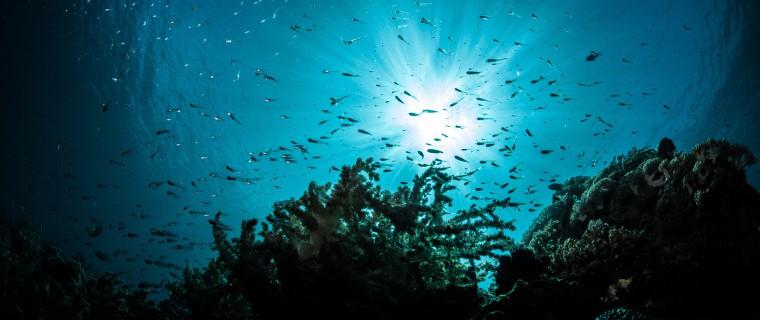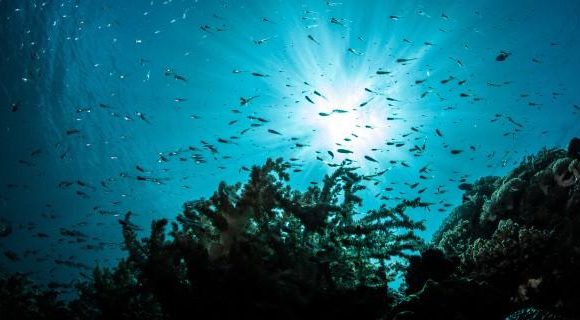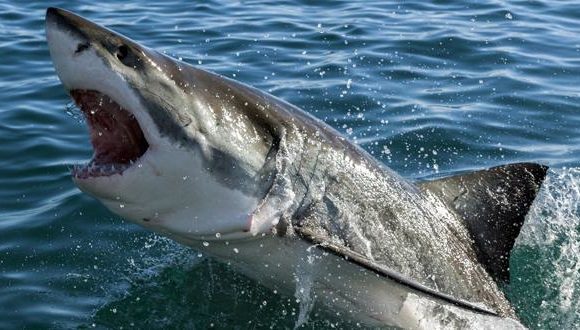The Last Days of These Endangered Marine Mammals?

The world has changed so much over the last few years. Unfortunately, these changes also caused the demise of some of the world’s most important animals including marine mammals that play a huge role in maintaining the ecosystem of the seas and oceans. This is due to the fact that strong ecosystems rely heavily on the healthy balance of plants and animals.
While most countries have already implemented laws to protect marine mammals through the Endangered Species Act and the convention on international Trade in Endangered Species of Wild Fauna and Flora, we may still be seeing the final days of these world’s most endangered marine mammals:
Vaquita
Over two decades ago, there were still 600 vaquitas in existence. In 2017, they were only down to 30 and earlier this year, a committee of conservation specialists released a report saying that there are no more than 19 vaquitas still alive and they are getting closer to extinction. The death of these small porpoises is due to being entangled in gill nets used by fishing vessels illegally to catch totoaba fish.
Australian Sea Lion
For thousands of years, the Australian sea lion was a food source to aboriginals, but they started being endangered in the 17th century when these sea lions were hunted beyond their sustainable levels. Today, the population of Australian sea lions are down to 6,500 and the IUCN reported that the number of sea lion pups decreased by at least 57% over the last 38 years.
Hawaiian Monk Seal
Known as one of the rarest marine mammals in the world, the Hawaiian monk seals are solitary animals that have been victims of being trapped in fishing nets or marine debris. Since 1983, the population of the Hawaiian monk seals has declined rapidly. Aside from being accidentally trapped in fishing vessels and gear, these animals are also victims of global warming and increasing sea levels that deplete their food sources and destroy their resting habitats.
Sea Otter
Found across the North Pacific rim, sea otters once lived abundantly. But their population started to decline during the 18th century due to commercial hunting. In 1911, the International Fur Seal Treaty finally acknowledged their endangered status when there were only 2,000 animals left.
Sea otters have eventually recovered with nearly 90,000 animals in Alaska, but their population around the world is still declining due to severe pollution, human activity and the predation of killer whales. 3,000 sea otters also died due to the Exxon Valdez oil spill and climate change is also contributing to the struggle of these marine mammals to survive.
We cannot deny the fact that marine mammals are dying due to factors that were created by humans either from illegal fishing or climate change. But it’s never too late to turn things around by being more conscious about the things we can do to help save these marine mammals. We can still save these precious animals if we take the stand starting today.
Click here for information on the Endangered Species Act.














